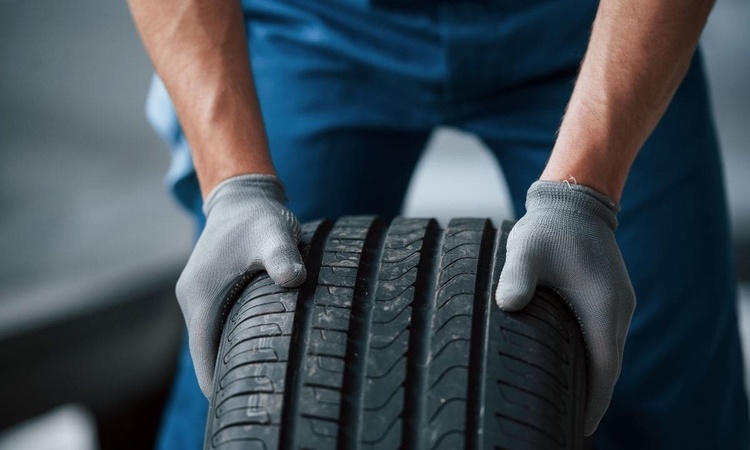What to check in a safety inspection before long trips
Before a long trip, a focused safety inspection reduces the chance of roadside problems and improves efficiency. This article outlines practical checks—covering maintenance, tires, brakes, fuel or EV charging, diagnostics and software—to help drivers prepare their vehicle, whether privately owned, leased, or part of a fleet.

Preparing a vehicle for an extended journey begins with a systematic safety inspection that balances reliability, safety, and efficiency. A thorough pre-trip inspection should include fluid checks, visual inspections, functional tests, and confirmation of emergency gear. Spending 20–40 minutes on this checklist can reduce the likelihood of breakdowns, help maintain fuel or battery efficiency, and ensure that ownership or leasing obligations are met before leaving densely populated areas.
maintenance and inspection checklist
Start with basic maintenance items: check engine oil, coolant, transmission fluid, and brake fluid against manufacturer specifications. Inspect belts and hoses for wear or soft spots and look for fluid leaks under the vehicle. Test all exterior and interior lights and replace bulbs as needed. Clean or replace windshield wipers and ensure the washer reservoir is topped up. Recording these checks in a service log supports ownership or leasing documentation and helps service technicians diagnose issues more quickly.
tire and brake checks
Inspect tire tread depth, look for uneven wear, and verify tire pressure to the recommended psi on the driver’s placard. Don’t forget the spare and the jack or repair kit. Check for sidewall cuts, bulges, or embedded objects. Brake inspection should include pad thickness, rotor condition, and pedal feel; listen for grinding or squealing noises and note any pulling during braking. Addressing tires and brakes before departure greatly reduces the risk of on-route emergencies.
fuel, EV, and charging planning
Plan fuel or charging stops based on realistic range estimates. For combustion engines, confirm fuel gauge accuracy and map safe refueling locations in your area and along the route. For EVs, verify the battery’s estimated range, locate compatible chargers, and understand charging speeds (level 2 vs DC fast charging). Carry necessary charging adapters and check that mobile apps or subscription details for charging networks are current. A backup plan for remote stretches improves trip resilience.
diagnostics, software, and telemetry checks
Run an OBD-II scan or have a technician check for stored and active fault codes; addressing active codes before travel prevents escalation. Ensure vehicle software and firmware updates are applied—these can affect engine calibration, ADAS features, and EV battery management. If the vehicle uses telemetry or fleet software, confirm connectivity and recent data uploads. Regular diagnostics and software maintenance help maintain efficiency and reduce unexpected behavior on long drives.
| Provider Name | Services Offered | Key Features/Benefits |
|---|---|---|
| AAA | Roadside assistance, battery jumpstarts, towing, trip planning | Nationwide coverage, 24/7 service, member discounts |
| Firestone Complete Auto Care | Tires, brakes, oil changes, vehicle inspections | Multiple service packages, many locations, diagnostic tools |
| Tesla Service | EV maintenance, mobile service, over-the-air updates | EV-specific expertise, OTA software updates, dedicated parts |
Prices, rates, or cost estimates mentioned in this article are based on the latest available information but may change over time. Independent research is advised before making financial decisions.
service, ownership, and leasing considerations
Review your vehicle’s service history and any warranty or lease requirements; some lease agreements require documented maintenance at specified intervals. Confirm whether roadside assistance or rental reimbursement is included with ownership, warranty, or lease coverage. Keep copies of recent service invoices and the owner’s manual in the vehicle. Knowing who is responsible for repairs and what services are covered saves time and expense if a problem occurs during the trip.
A final safety sweep improves readiness: pack a first-aid kit, flashlight, reflective triangles, basic tools, and a charged power bank. Secure loose cargo and verify that child seats, seat belts, mirrors, HVAC, and defogging systems function properly. Reconfirm route details and planned stops for fuel or charging to avoid delays. Regular pre-trip inspections and timely service help protect vehicle longevity and contribute to safer, more predictable long-distance travel.





